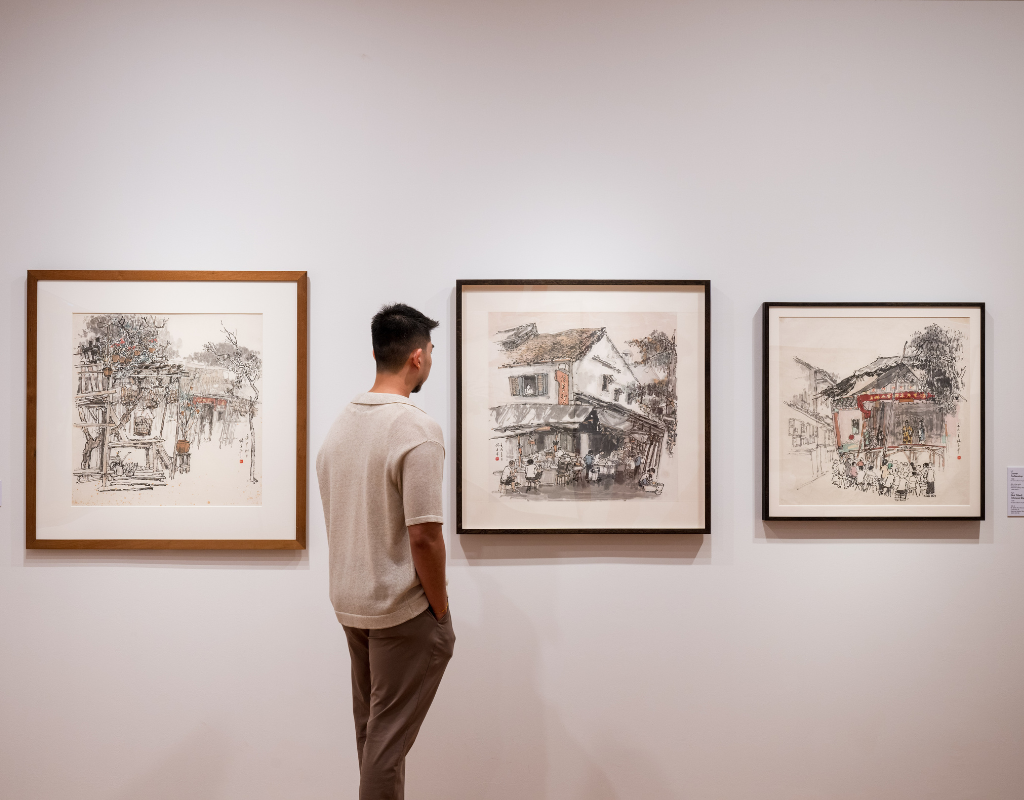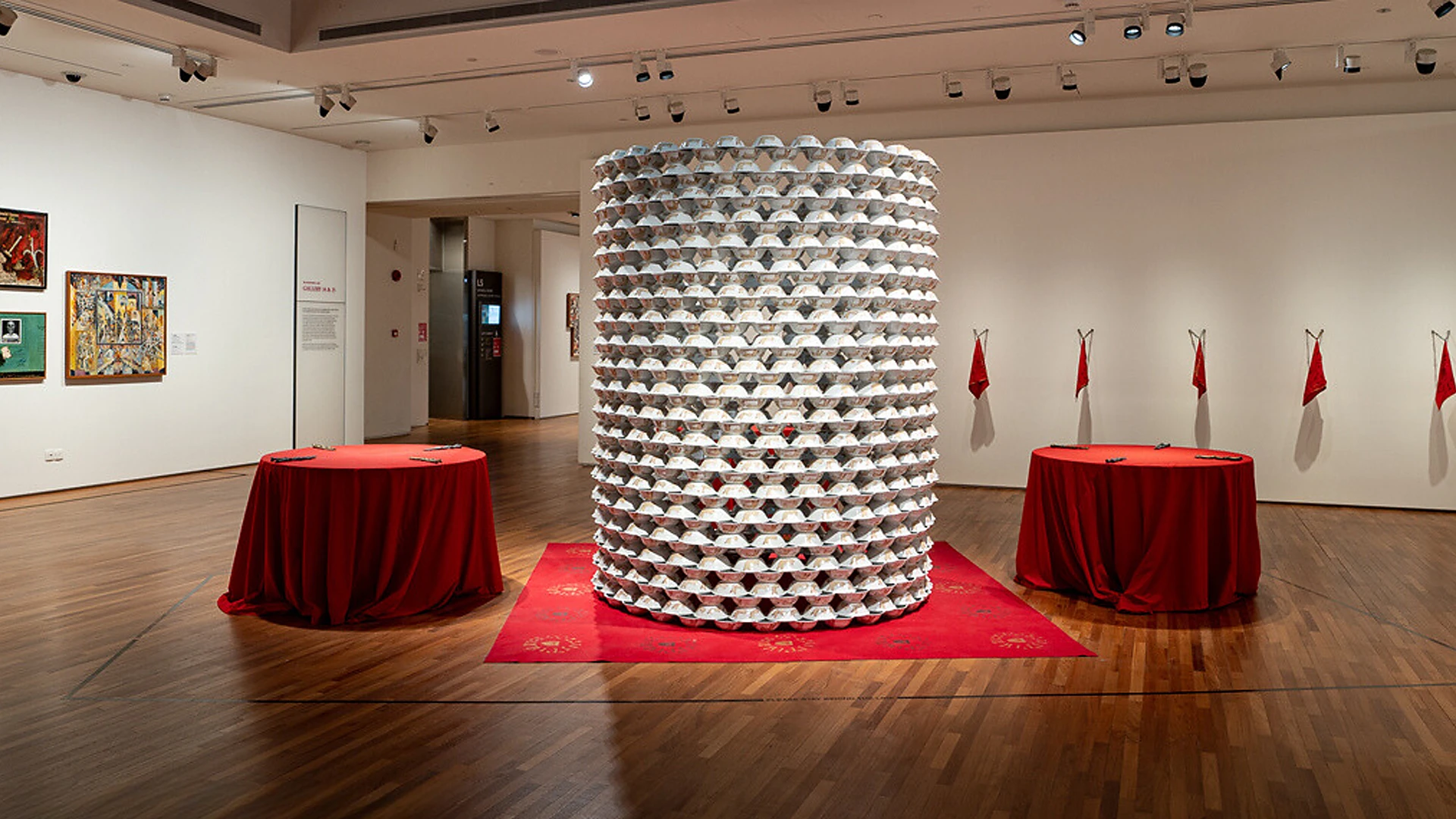Who gets to decide what is defined as art?
In the decades after 1970, artists challenged the dominance of painting and sculpture. Artists in this period became more concerned with political and cultural issues, not just the form or appearance of an artwork.
Artists asked critical questions about art and the circumstances in which it was created. Using a wider range of approaches and materials, they experimented with other genres such as installation, video, photography and performance. This new impulse in art was prompted by the consequences of militaristic exploits, human and environmental costs of the Vietnam War and other authoritarian dictatorships in the region.
The end of the Cold War in 1989 led to shifts in global dynamics. This was also reflected in changing ideas about power, such as critical perspectives in postcolonialism and feminism. Concern for the disappearance of local heritage and disaffection with Western consumer capitalism led artists to incorporate traditional iconography, knowledge and craft into their art. Artists also questioned their own identities, whether national, ethnic, spiritual, gendered or sexual. They made art that re-examined suppressed historical narratives and traumatic memories, thereby providing alternative readings of the past.
As artists from Southeast Asia became part of the global art world from the 1990s, the impact of Euro-American art schools, international biennales and art fairs grew more important. Artists had to work with institutional and market structures, and the inner workings of the internationalised art industry.
-
When: Ongoing - Where: UOB Southeast Asia Gallery









